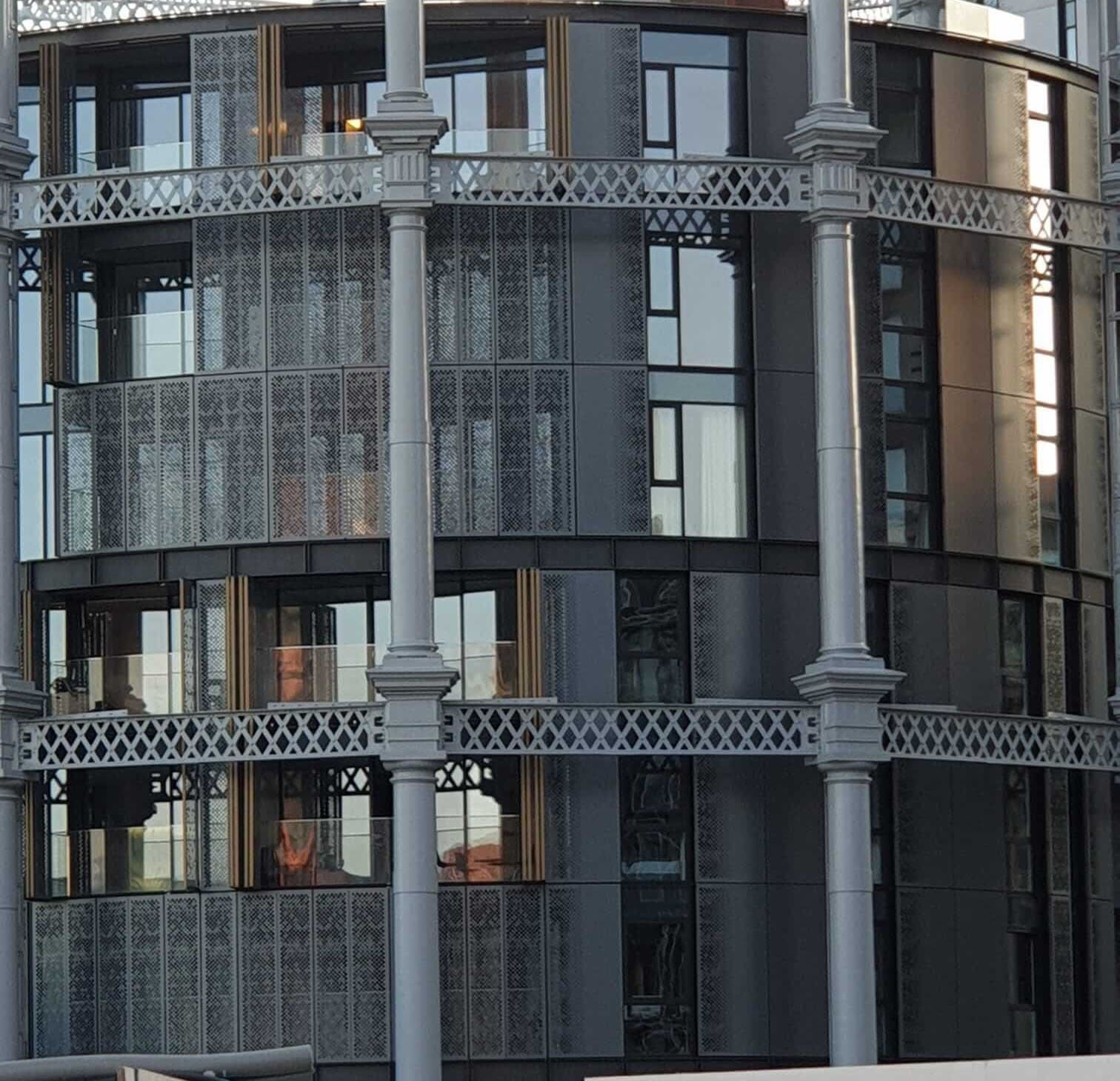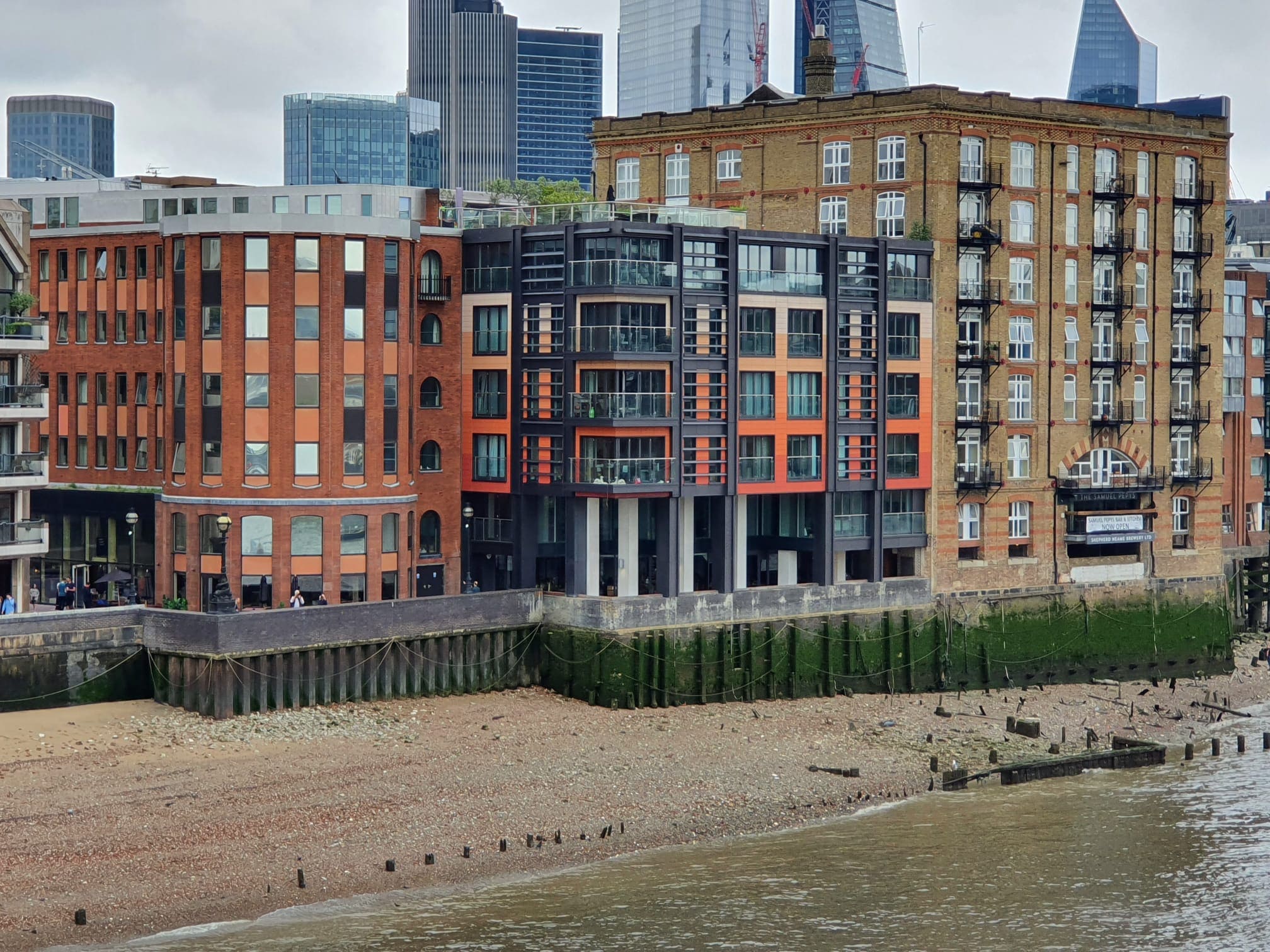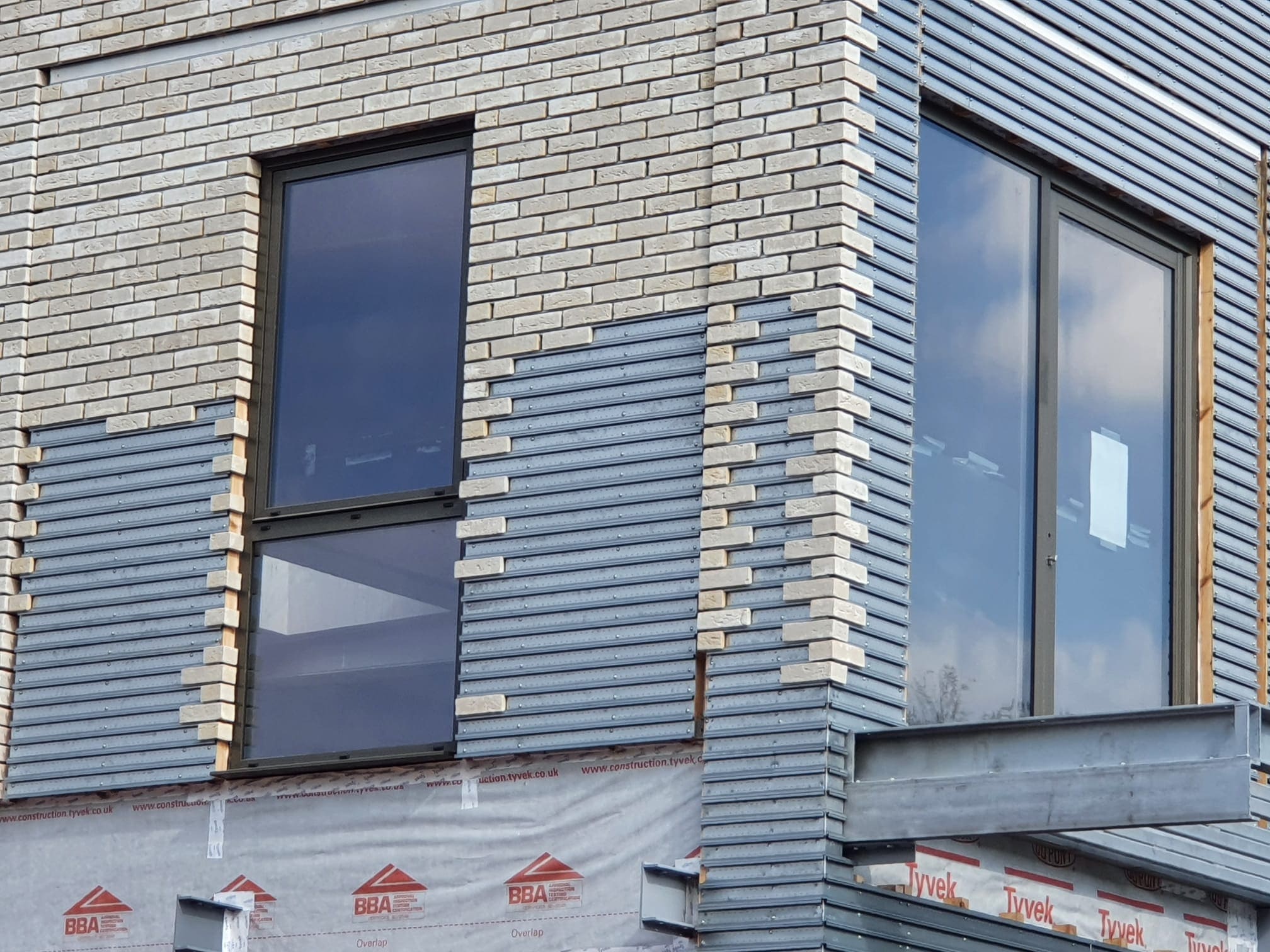Our highly specialists Valuers have access to a range of build cost data to determine what the declared value to which a building should be insured
Our highly specialist Valuers have access to a range of build cost data to determine what the declared value to which a building should be insured.
"The buildings reinstatement cost valuation, otherwise known as an insurance valuation is often arbitrary, as it must relate to the rebuilding cost, labour, materials, site clearance and fees and has little to do with the value a property is bought or sold for."
Insurance valuations
An insurance valuation is the assessment of a building’s structure and fittings to provide the reinstatement cost, i.e, how much it would cost to rebuild the building if the land it stands upon were FREE. During the buildings insurance valuation the Valuer will consider the physical size of the building, the methods used in the buildings construction and extras that would make the property cost more to build than the average build price.
Declared value
This represents the total cost to rebuild the property (including all fixtures and fittings, car parks, pavements and similar property for which you are responsible) at the start date of your policy. It also includes an allowance for professional fees "declared" to the insurance company at a point in time.
Building sum insured
This represents the declared value plus a day one uplift. The purpose of the uplift is to protect the policyholder against inflation as the years pass from the original valuation.


When should I commission an insurance valuation?
Most good leases provide for an insurance valuation to be carried out with the cost recovered from the leaseholders, after all it is they who benefit from the insurance should the building burn down.
According to Page 43 of the Royal Institution of Chartered Surveyors Code of Practice entitled: Service Charge Residential Management Code and additional advice to landlords, leaseholders and agents 3rd Edition on page 42 says: there is a need for regular reviews of the level of insurance and reinstatement value which should be advised to your Client.
People should ensure that there is adequate insurance and that the leaseholders are not paying for excessive unnecessary coverage. In the past the RICS has suggested a suitable interval between insurance reinstatement cost valuations to be 3 years. Insurance valuations are a legitimate service charge cost and not part of the Managing Agents fee.
Leaseholders and Freeholders are at risk if a property is under insured.

The principle of averaging
It's a rule that insurance companies may use to make sure they only pay what they need to on claims, not more than they calculated they should

Indexation is a factor that changes how much your insurance pays out if you need to make a claim in the future.
Find out more right now
Age and build method are the most important parts of an insurance valuation, why not talk to a surveyor?
The buildings reinstatement cost valuation, otherwise known as an insurance valuation is often arbitrary, as it must relate to the rebuilding cost, labour, materials, site clearance and fees and has little to do with the value a property is bought or sold for.
An insurance valuation is the assessment of a building’s structure and fittings to provide the re-instatement cost, i.e, how much it would cost to rebuild the building if the land it stands upon were FREE. During the buildings insurance valuation the Valuer will consider the physical size of the building, the methods used in the buildings construction and extras that would make the property cost more to build than the average build price.
Declared value:
this represents the total cost to rebuild the property (including all fixtures and fittings, car parks, pavements and similar property for which you are responsible) at the start date of your policy. It also includes an allowance for professional fees "declared" to the insurance company at a point in time.
Building sum insured:
this represents the declared value plus a day one uplift. The purpose of the uplift is to protect the policyholder against inflation as the years pass from the original valuation.
When should I commission an insurance valuation?
Most good leases provide for an insurance valuation to be carried out with the cost recovered from the leaseholders, after all it is they who benefit from the insurance should the building burn down. According to Page 43 of the Royal Institution of Chartered Surveyors Code of Practice entitled: Service Charge Residential Management Code and additional advice to landlords, leaseholders and agents 3rd Edition on page 42 says: there is a need for regular reviews of the level of insurance and reinstatement value which should be advised to your Client. People should ensure that there is adequate insurance and that the leaseholders are not paying for excessive unnecessary coverage. In the past the RICS has suggested a suitable interval between insurance reinstatement cost valuations to be 3 years. Insurance valuations are a legitimate service charge cost and not part of the Managing Agents fee.
Leaseholders and Freeholders are at risk if a property is under insured
The principle of averaging:
Insurance Companies apply the principle of ‘averaging’ to claims.For example, if the building is insured by 20%, they will reduce what is being payed out in claims by 20%. As an evidence, being underinsured is a financial disaster. It is the reinstatement valuation that will enable you to check and ensure you are adequately insured. And if a building is under insured this could lead to the leaseholders caught in the mess needing to fund their own litigation as a civil claim to get the cost difference between their loss and the insured loss value.
** Research published by Cunningham Lyndsey Loss Adjusters reported that 90% of 1,500 blocks they inspected were inadequately insured, the total shortfall being £2 billion pounds.
Indexation
RICS Guidance Note Reinstatement Cost Assessment of Buildings (2nd Edition, 2011) not only suggests that reinstatement valuations should be undertaken regularly by appropriately qualified and experienced professionals in accordance with and index-linked to rebuilding costs. This means that in between insurance valuations that based on the BCIS ‘Building Cost Information Service’ Construction Prices Index the rebuilding cost valuation should be indexed so it does not fall behind the costs of building.




















